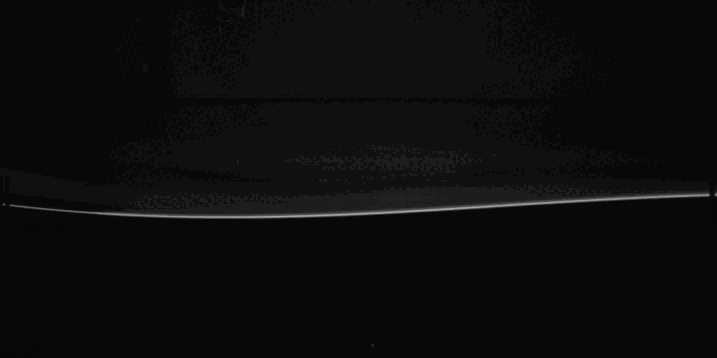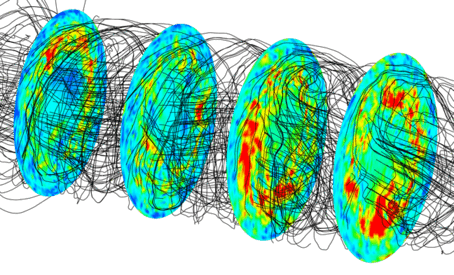Ongoing research projects

Energy exchange in the upper ocean layer
Energy exchange between oceans and the atmosphere appears in the thin air and water layer in the vicinity of the phase interface (free surface). Such a thin layer is usually referred to as upper ocean layer analogous to boundary layer distinguished in the flows above the solid surface. Atmosphere flows and ocean currents observed in this layer combined with the wave-induced vorticity field lead to complicated turbulent transfer processes, such as heat exchange, ocean aeration, transport of chemicals, sea spray (aerosol) production, etc. Most of these effects are not well understood but are known to have dramatic importance at different scales, including planetary scale.

Kinematics of nonlinear extreme waves
Breaking of ocean waves is the dominant mechanism to dissipate kinetic energy conserved in the ocean as a result of its interaction with the atmosphere. Destabilization of a single wave crest appears due to inability of wave to carry the required energy flux. Recently it was shown that energetic criterion of wave stability can be reduced to kinematics of fluid particles and wave crests, which itself was found to be unexpectidly complicated. Moreover, kinematics of extreme waves contributes dominantly to the loading on coastal and offshore structures.

Wave generation and wave interaction with submerged solids
Wavemakers are used to generate surface waves in laboratory flumes worldwide. The simplest linear wavemaker theory has been first derived in 1929. Its restriction to infinitesimal wave height led to derivation of multiple corrections taking into account finite wave height and associated nonlinear effects. Nonetheless, a significant inaccuracy in wave generation still exists and has no generally accepted explanation of its physical origin. In this project, we implement state-of-the-art analytic and numerical techniques to gain a physical insight into the interaction of nonlinear wave fields with the stationary and moving solid bodies submerged in the water. This includes wave generation by mechanical wavemakers.

Energy transfer in strongly turbulent flows
Energy exchange in turbulent flows is dominated by convection. Proper simulation of all turbulent scales is infeasible even by the use of the most advanced computation clusters. To facilitate the computations, a small scale mass and energy exchange is taken into account by the so-called turbulent conductivity, which is an artificial effect governed by the semi-empirical turbulence models. Existing inaccuracies in these models due to insufficient understanding of turbulent heat transfer result in inability of proper simulation of high-speed compressible vortex flows. Recently we have suggested a correction to the semi-empirical turbulence models by introducing a missed contribution to the heat exchange due to fluid compressibility.